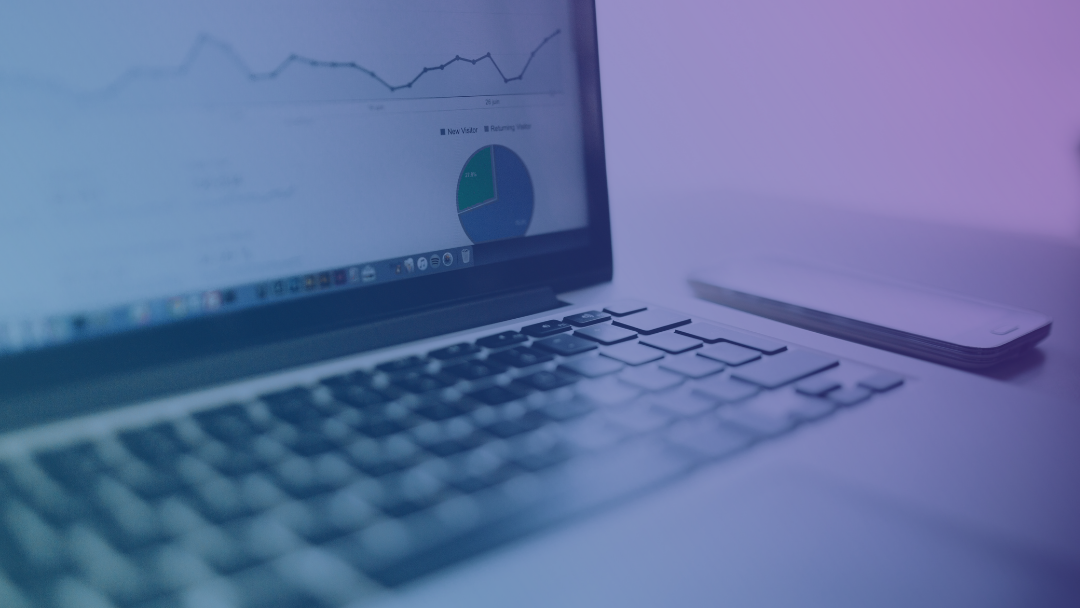As we head into 2025, web design continues to evolve at an impressive pace. We’ve seen how technological advancements and shifting user preferences have accelerated design changes-- innovations now come faster than ever.
In this blog post, we’ll take a look at the top five web design trends to watch for in 2025. From micro-interactions that enhance UX to a deeper focus on sustainability. These trends not only resonate with us as designers, but also speak to the needs of users and brands wanting to stay ahead of the curve.
Let’s dive into the trends that will shape the future of web design in the coming year.
1. Micro-Interactions: Small Details, Big Impact
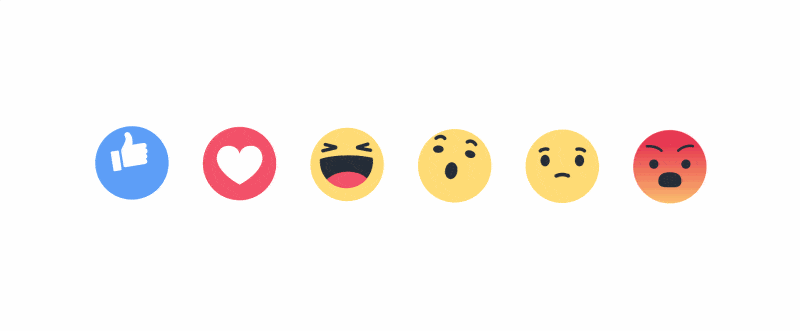 Micro-interactions are brief, often unnoticed actions that make a website feel more responsive and alive. They can be as simple as a slight animation when a user clicks a button or a color change when hovering over a link. Though seemingly small, these interactions provide crucial feedback, improving the overall user experience (UX) by guiding users smoothly through their journey.
Micro-interactions are brief, often unnoticed actions that make a website feel more responsive and alive. They can be as simple as a slight animation when a user clicks a button or a color change when hovering over a link. Though seemingly small, these interactions provide crucial feedback, improving the overall user experience (UX) by guiding users smoothly through their journey.
Micro-interactions improve UX by reducing confusion and helping users understand how their actions affect the website. They also create a more engaging experience by providing users with instant feedback, reducing bounce rates and increasing user satisfaction. As we move into 2025, expect these interactions to become even more refined and meaningful, offering users a more seamless and immersive experience.
2. Bold Typography, Blocks, and Color Choices: Designing with Intent
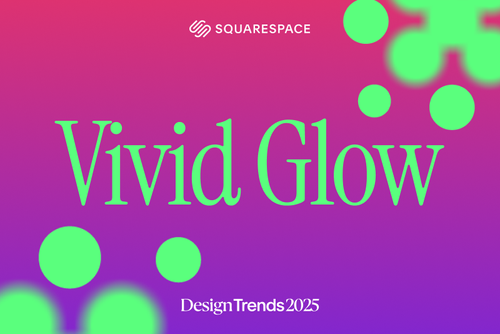 In the aftermath of the minimalist revival, 2025 will see a resurgence of more expressive typography. We’ll be moving away from the purely functional, sleek sans-serifs that dominated the previous years, and embracing more ornate, decorative fonts. Think exaggerated curves, playful serifs, and designs that convey mood, attitude, and personality. Typography becoming more than just a tool for communication, but a form of personal expression connecting with users on a deeper level.
In the aftermath of the minimalist revival, 2025 will see a resurgence of more expressive typography. We’ll be moving away from the purely functional, sleek sans-serifs that dominated the previous years, and embracing more ornate, decorative fonts. Think exaggerated curves, playful serifs, and designs that convey mood, attitude, and personality. Typography becoming more than just a tool for communication, but a form of personal expression connecting with users on a deeper level.
In the same vein, we’ll also see a rise in vibrant color choices, with brands using bold hues to make a statement. “Vivid Glow,” for example, is a trend that celebrates colors so bright they almost appear to glow, pushing back against the muted tones of minimalism and making a bold statement about individuality and creativity.
Designs might also feature larger, bolder blocks of color, often contrasted for maximum visual impact. These blocks serve as natural navigation points, creating an intuitive layout while adding energy and playfulness to the design. Expect more brands in 2025 to embrace these bold blocks and colors to enhance user interaction and storytelling.
3. The Evolution of Dark Mode: Adaptive and Aesthetic
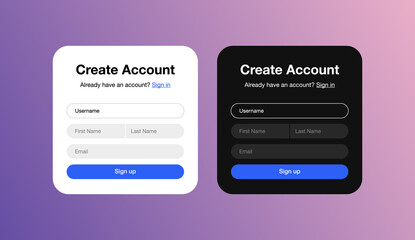 Dark mode is no longer just a trend—it’s a standard feature, and by 2025, it will have evolved significantly. Not only will it be customizable to individual user preferences, but it will also be adaptive based on the time of day or environment.
Dark mode is no longer just a trend—it’s a standard feature, and by 2025, it will have evolved significantly. Not only will it be customizable to individual user preferences, but it will also be adaptive based on the time of day or environment.
Dark mode, which switches the background to darker hues and text to lighter colors, is popular for its aesthetic appeal and practical benefits, such as reducing eye strain and improving battery life on mobile devices. But it’s more than just about aesthetics—it’s about user comfort and accessibility. In 2025, we expect to see dynamic dark mode experiences incorporating adaptive gradients and smoother transitions, improving both readability and visual appeal.
4. Sustainable Web Design: A Greener Web for 2025
 As environmental concerns continue to grow, sustainability will become a key focus in web design. In 2025, we’ll except to see a shift toward more eco-friendly design practices that consider the environmental impact of every design choice.
As environmental concerns continue to grow, sustainability will become a key focus in web design. In 2025, we’ll except to see a shift toward more eco-friendly design practices that consider the environmental impact of every design choice.
Sustainable web design aims to reduce the digital carbon footprint by creating websites that use less energy and resources. This goes beyond simply improving load times; it’s about using lightweight code, energy-efficient hosting, and eco-friendly color schemes (like darker colors, which consume less power on OLED screens).
As the world becomes more conscious of environmental impact, businesses will be under increasing pressure to demonstrate their commitment to sustainability. Websites that prioritize energy efficiency will not only reduce their carbon footprint but also align themselves with values that resonate with eco-conscious consumers.
5. Inclusive Design for Accessibility: Designing for All
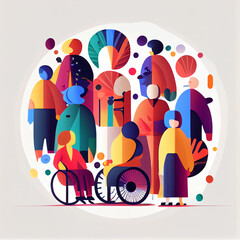 Finally, one of the most important trends in 2025 will be the rise of inclusive design. As web accessibility becomes a legal requirement in more regions, designers must prioritize creating websites that are usable by people of all abilities, including those with visual, auditory, motor, or cognitive impairments.
Finally, one of the most important trends in 2025 will be the rise of inclusive design. As web accessibility becomes a legal requirement in more regions, designers must prioritize creating websites that are usable by people of all abilities, including those with visual, auditory, motor, or cognitive impairments.
Inclusive design goes beyond simple accessibility—it’s about creating a seamless experience for all users, regardless of their abilities. This includes features like keyboard navigation, screen reader compatibility, high-contrast color schemes, and text resizing options, all of which ensure that no one is left out.
As web accessibility laws become more stringent, inclusive design is not just a trend but a necessity. Websites that cater to a wider range of users will see increased engagement and broader reach. By making the web more accessible, designers can ensure a better user experience for everyone, regardless of their physical abilities.
Conclusion
As we move into 2025, we look forward to experiencing how web design continues to evolve. The future of web design looks more dynamic and user-centric than ever. By embracing these trends, brands can not only create visually stunning and functional websites but also build stronger, more meaningful connections with their audiences. So, as you plan your web projects for 2025, make sure to keep these trends in mind to stay ahead of the curve!
